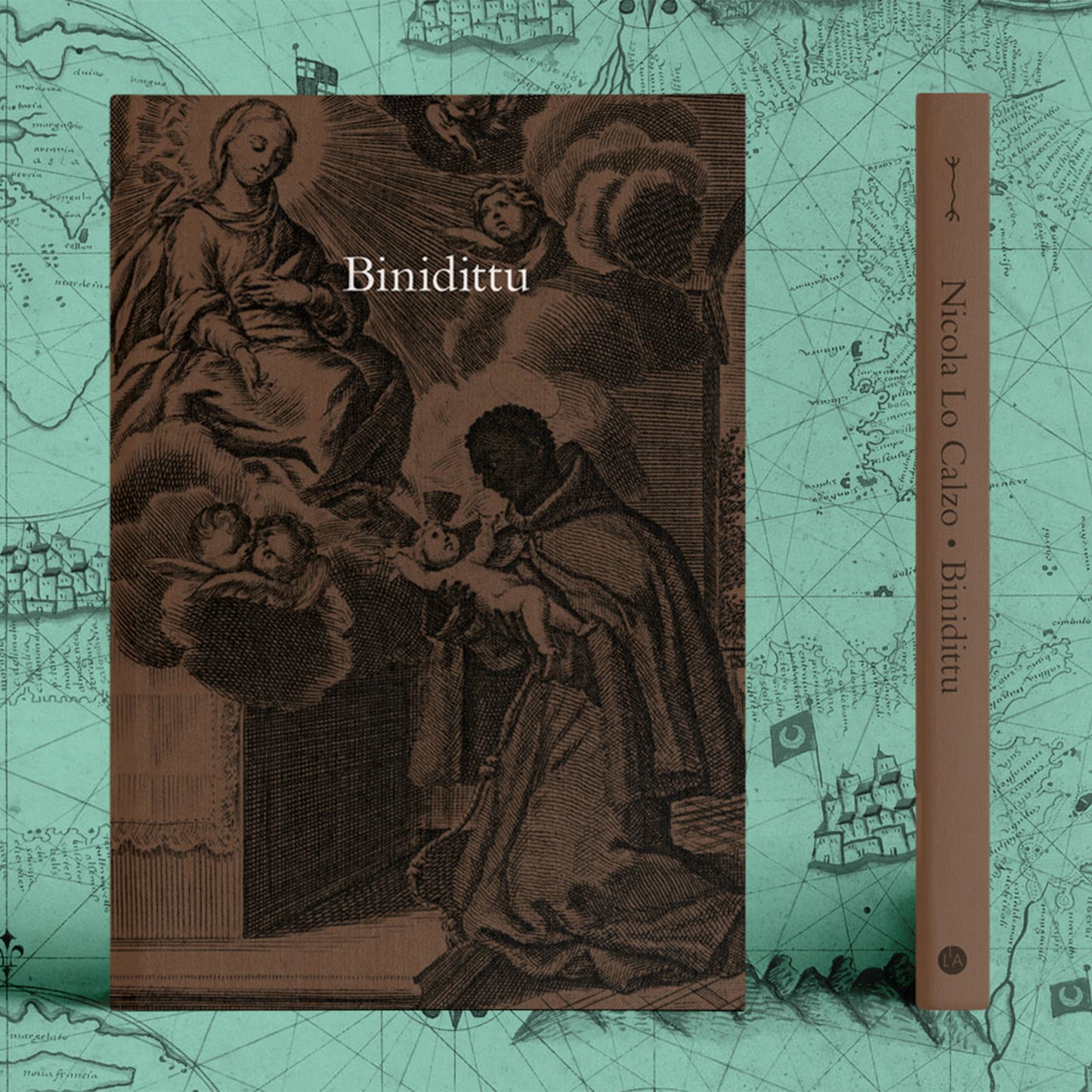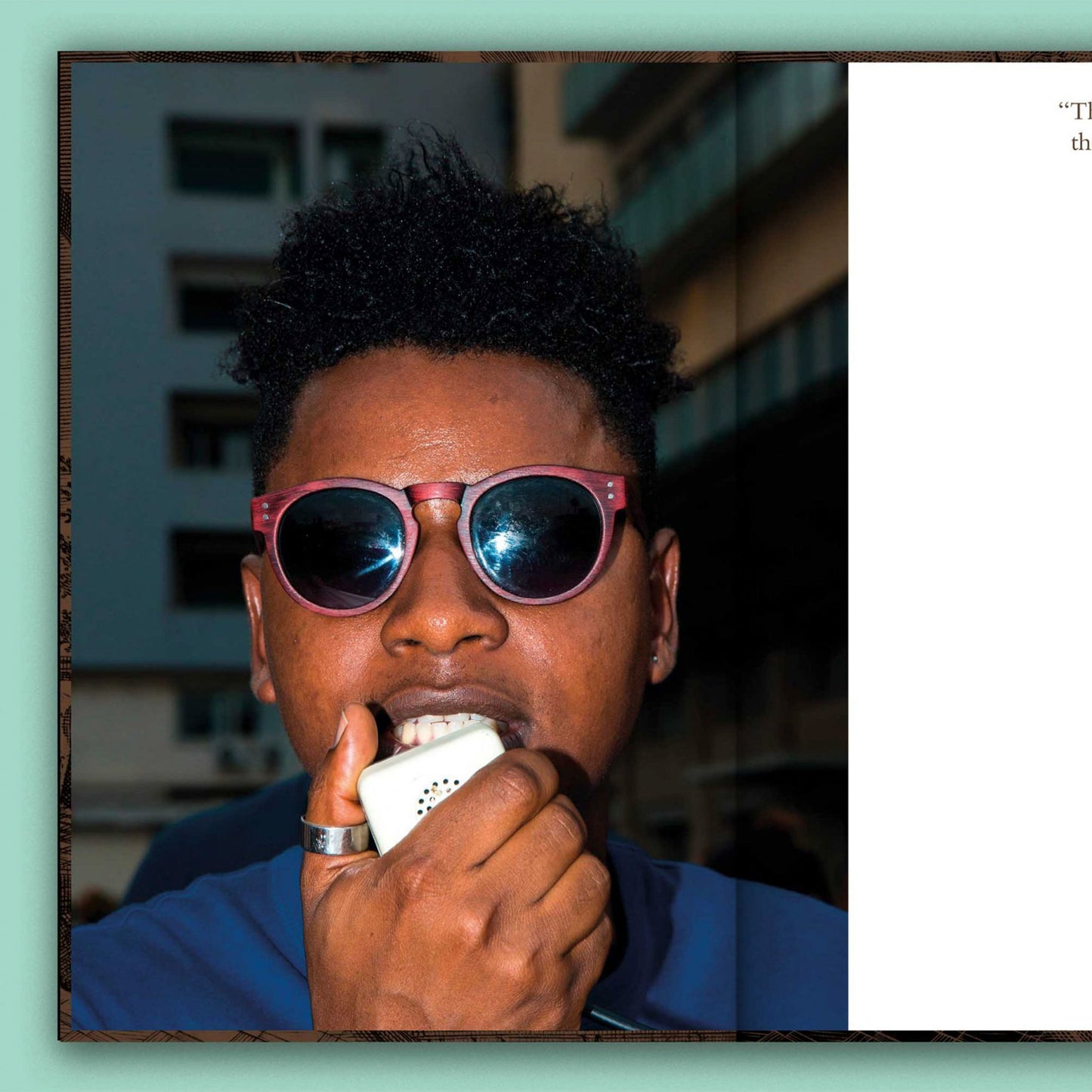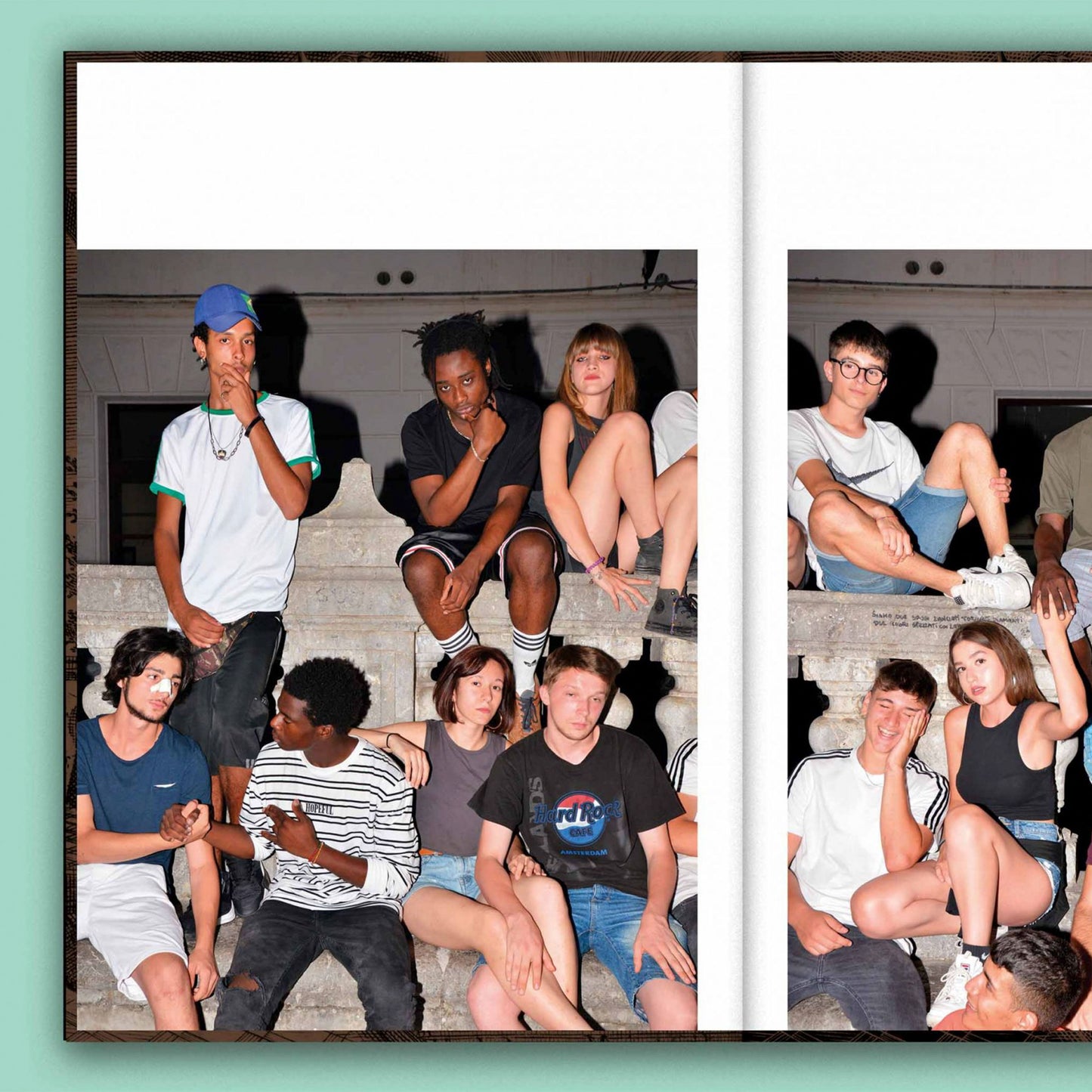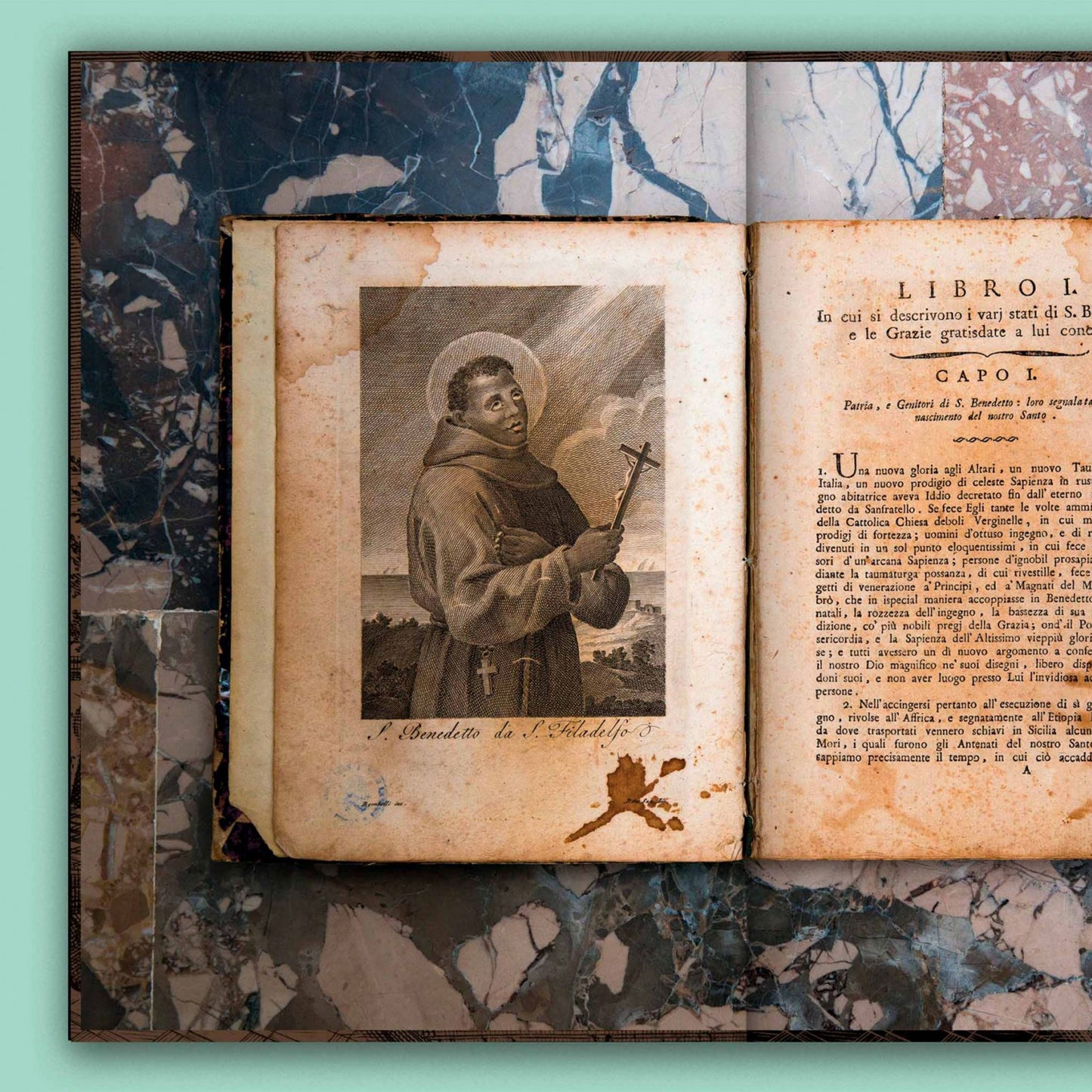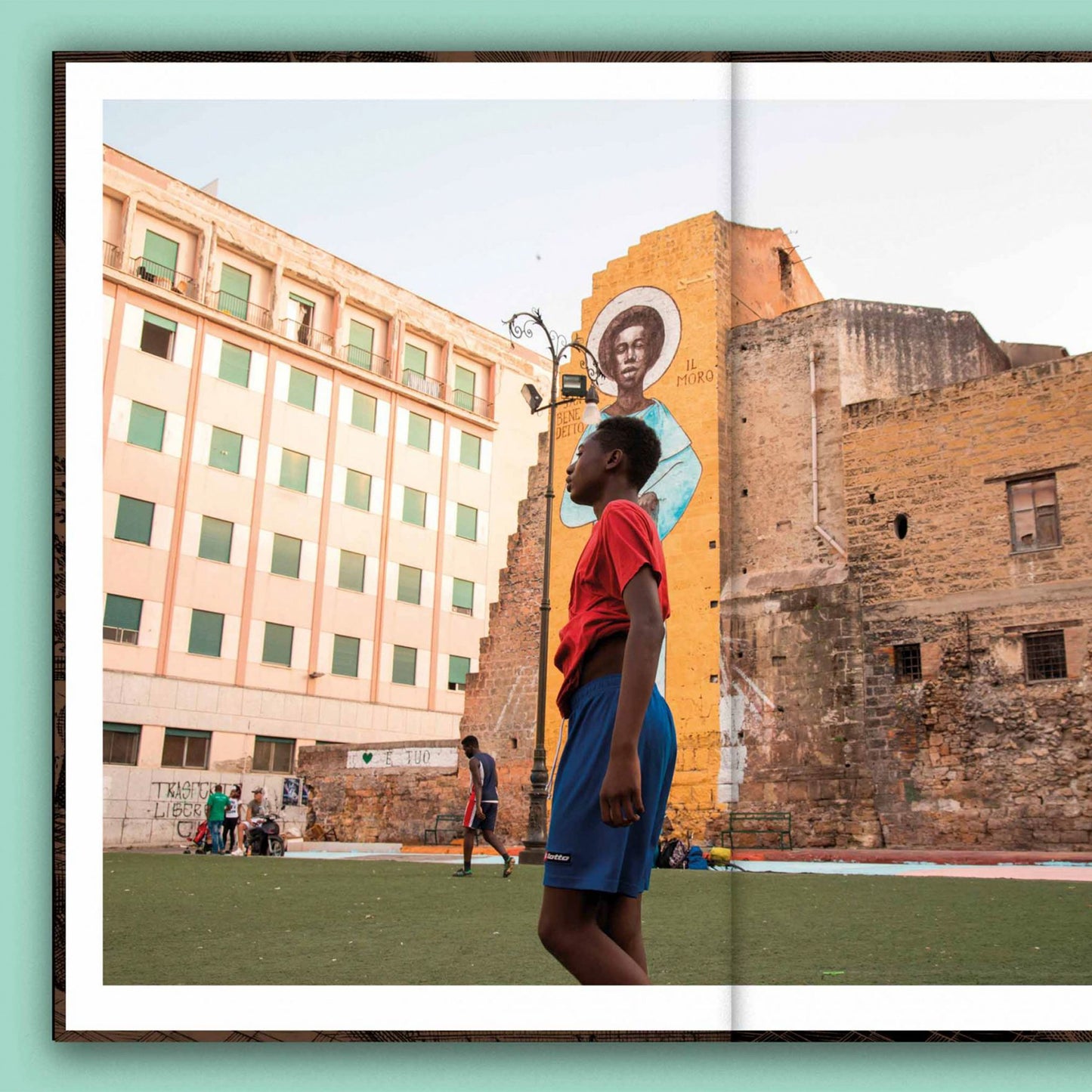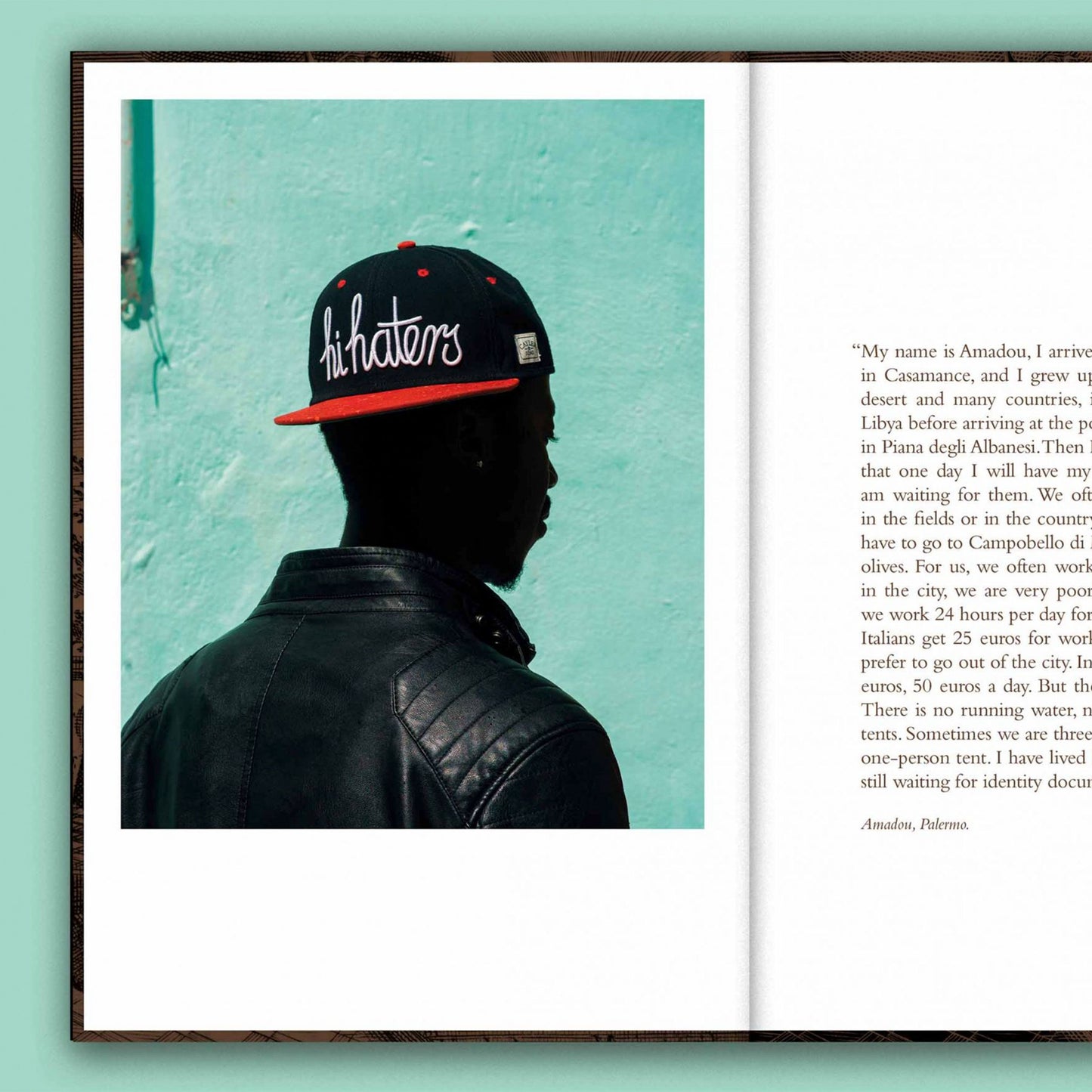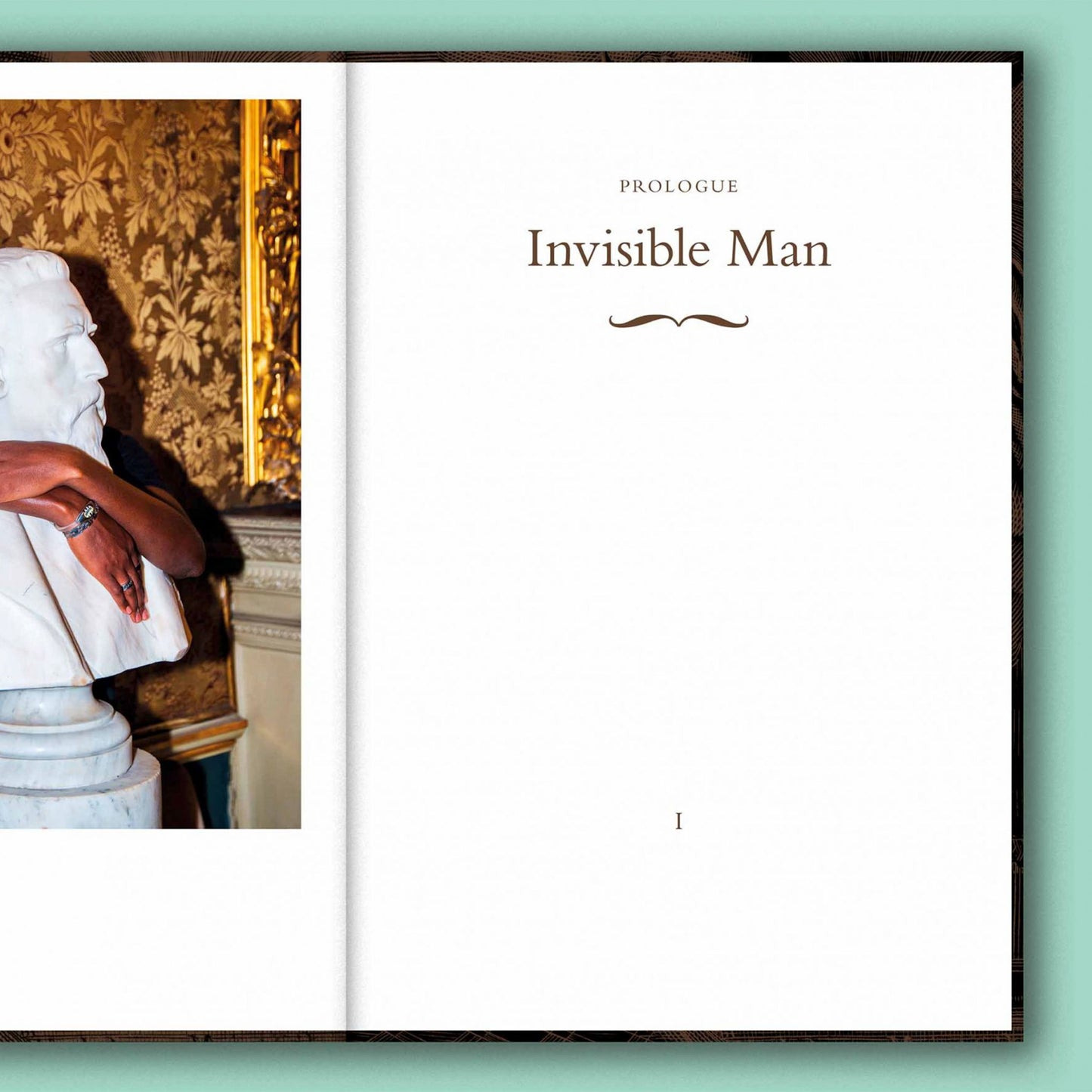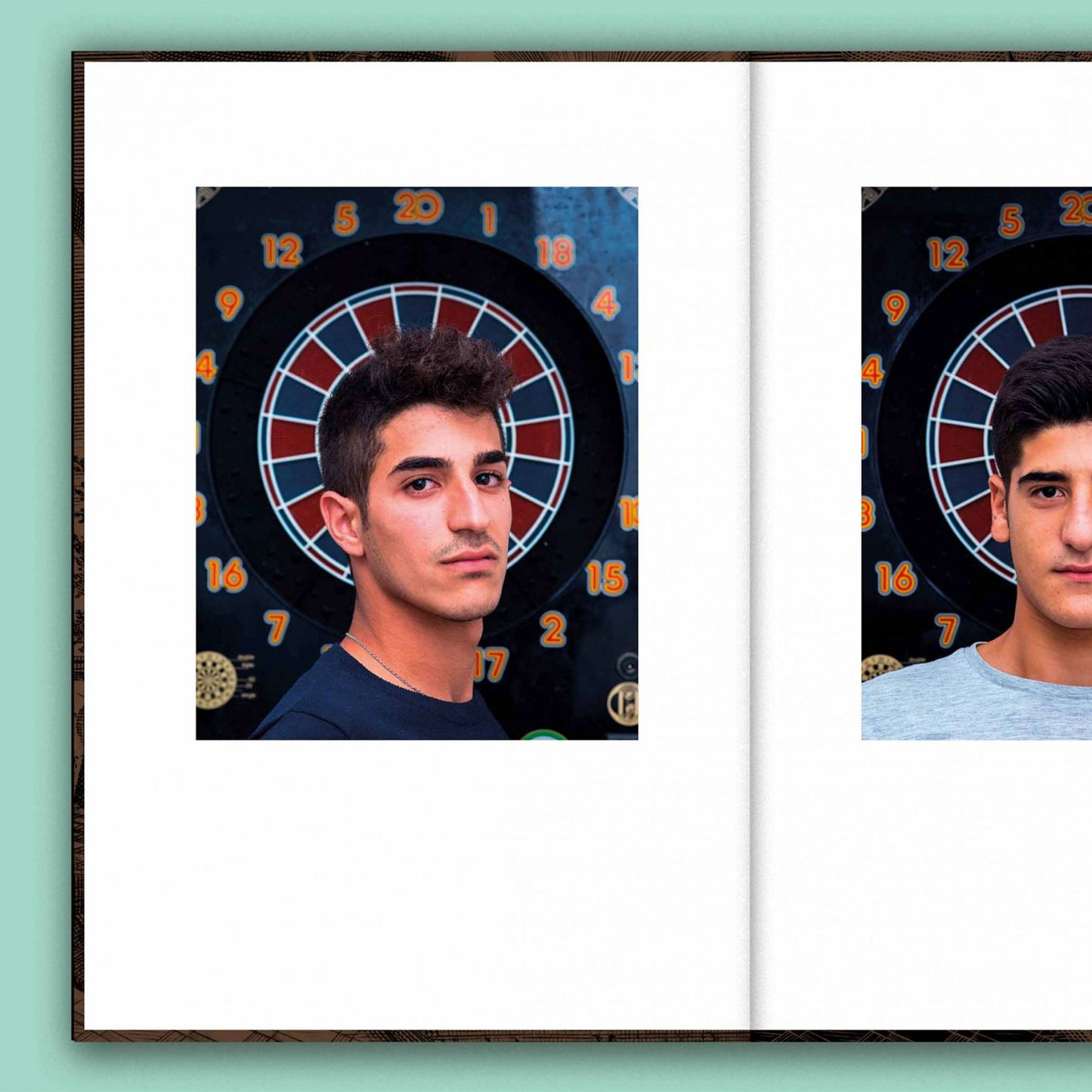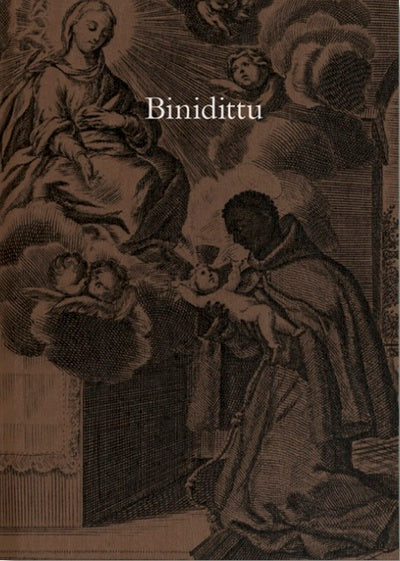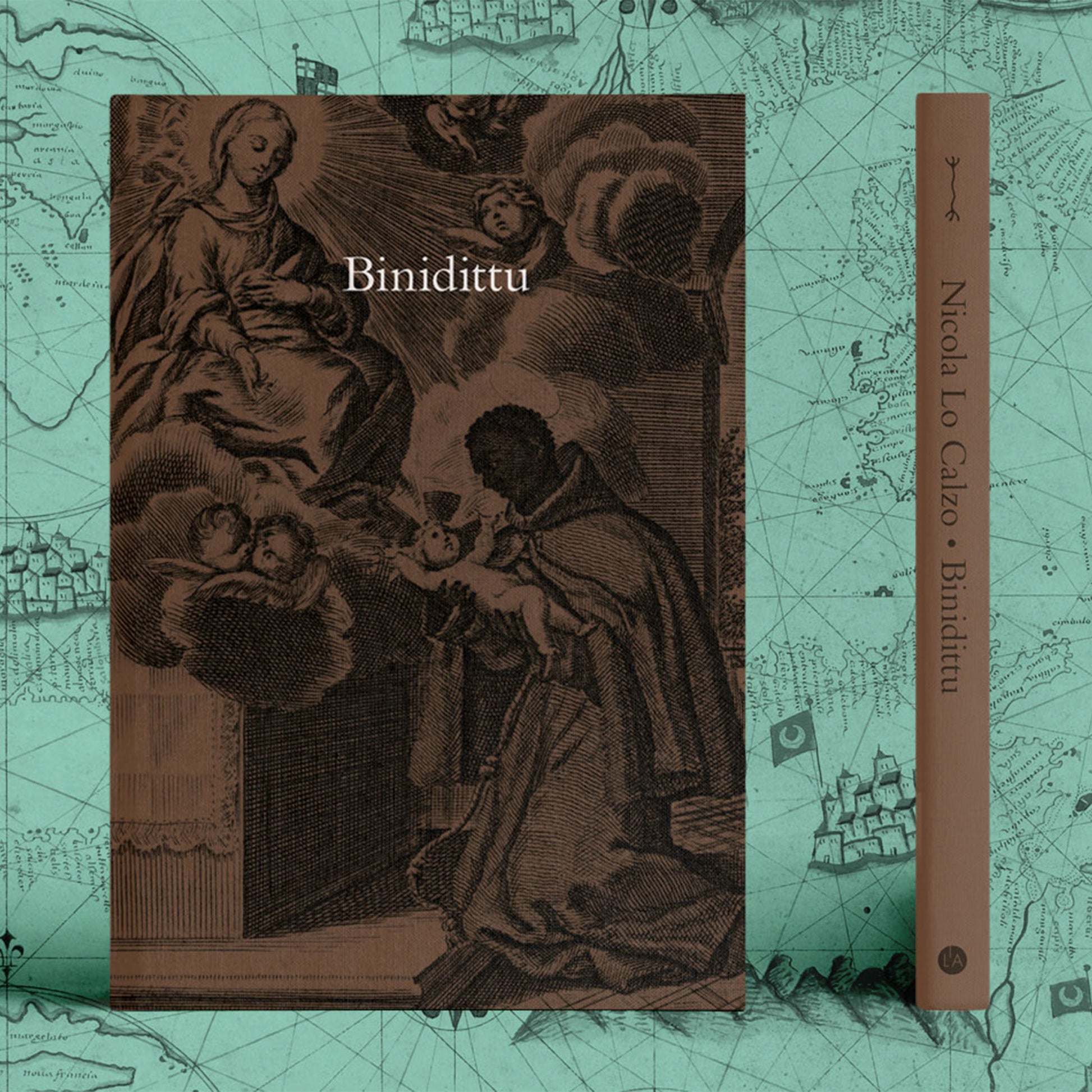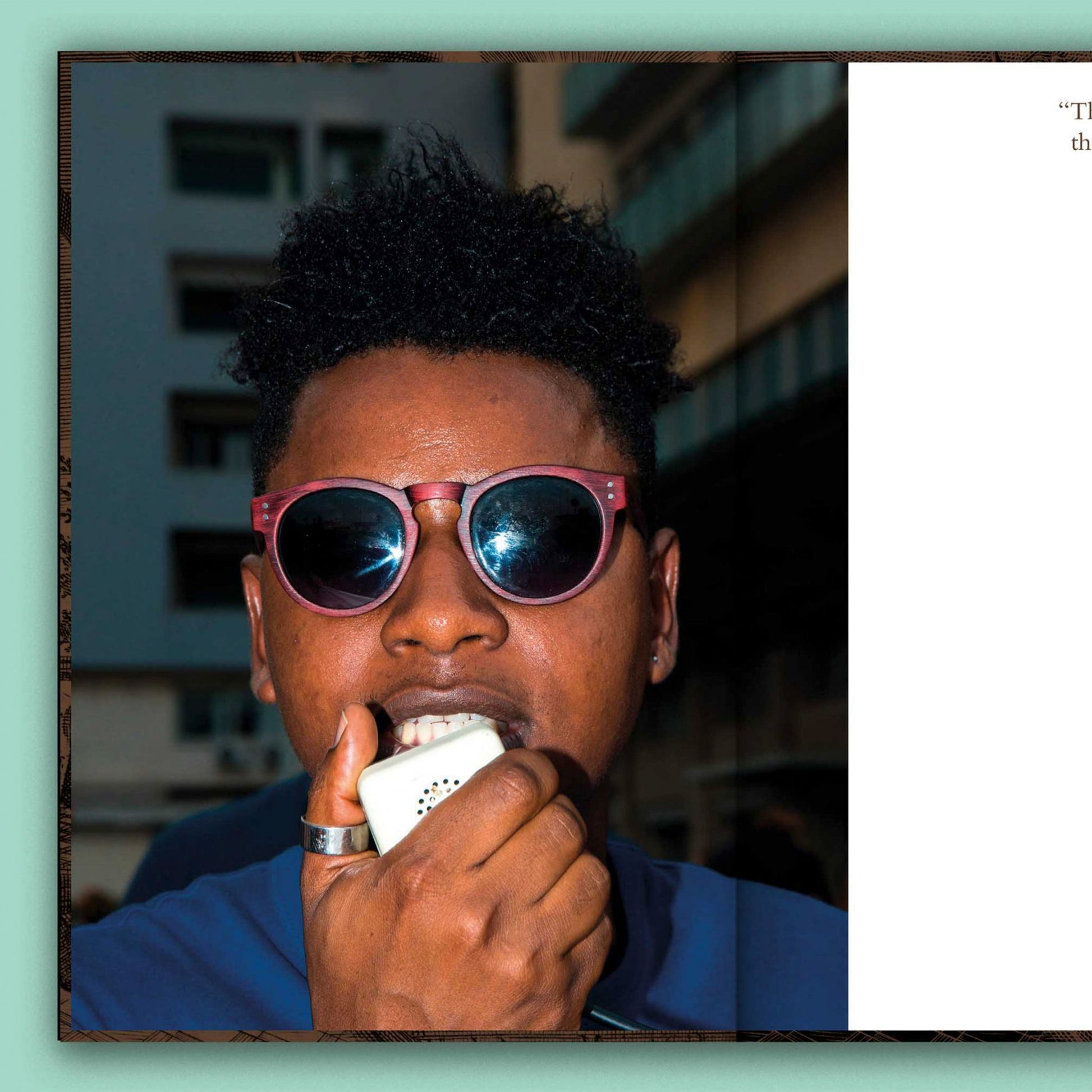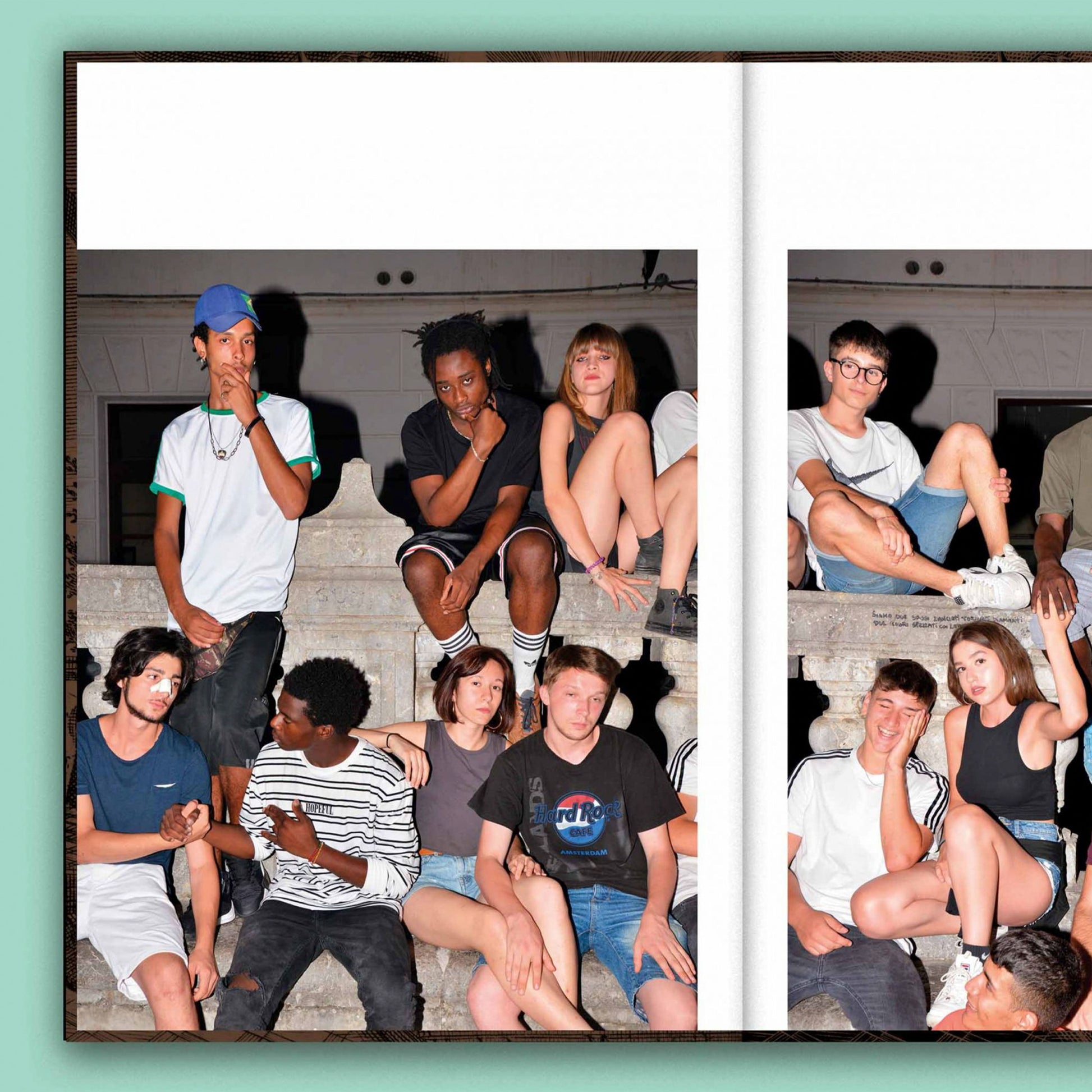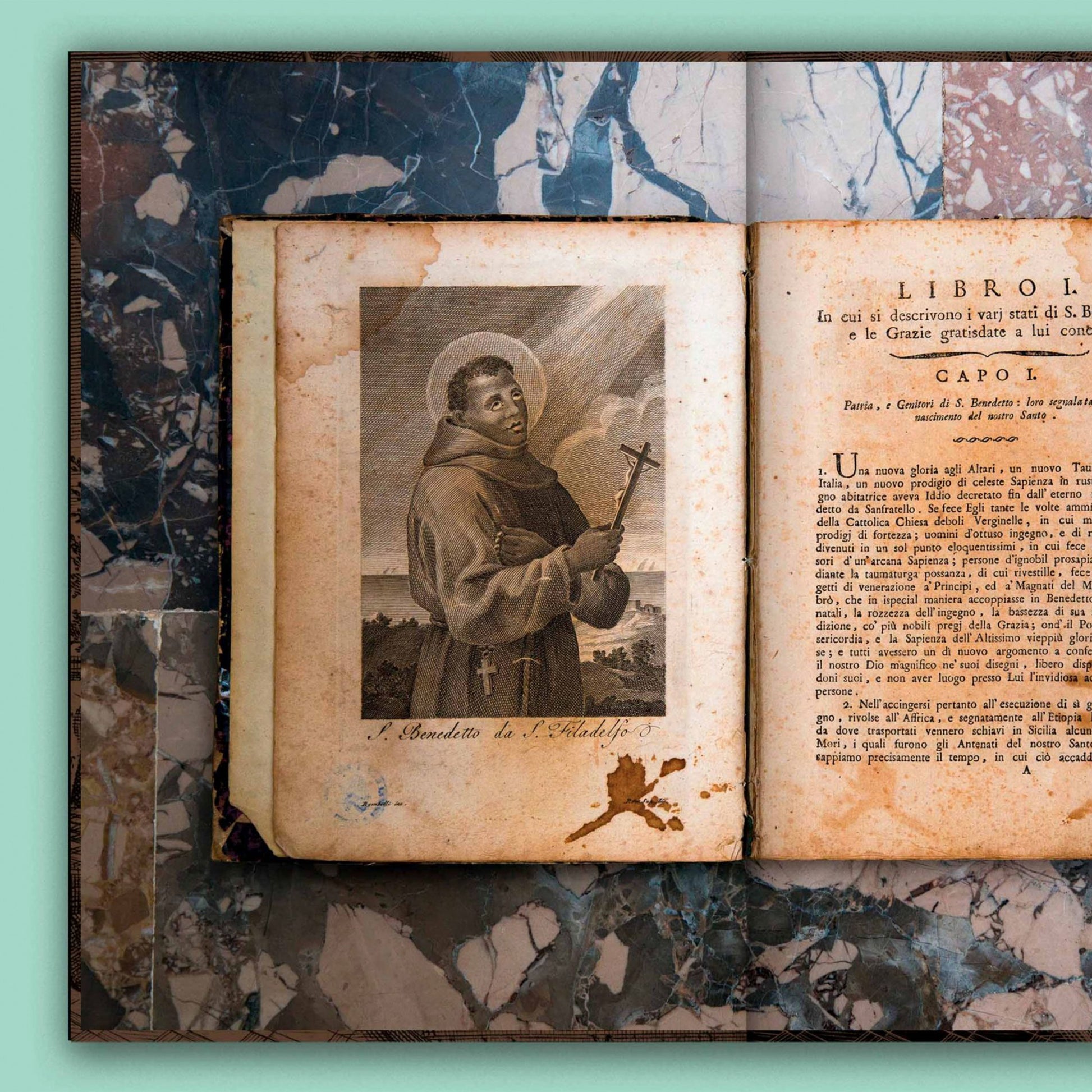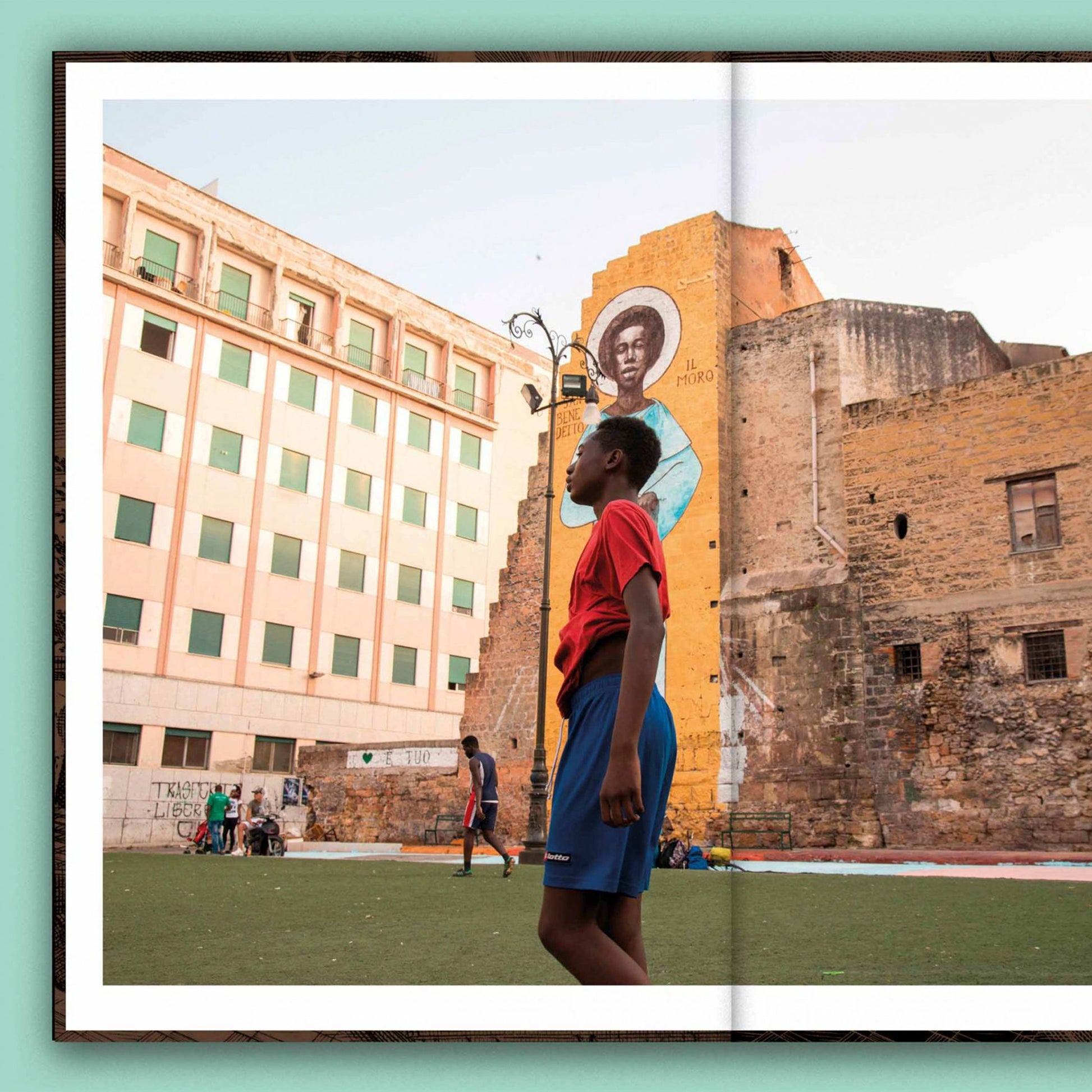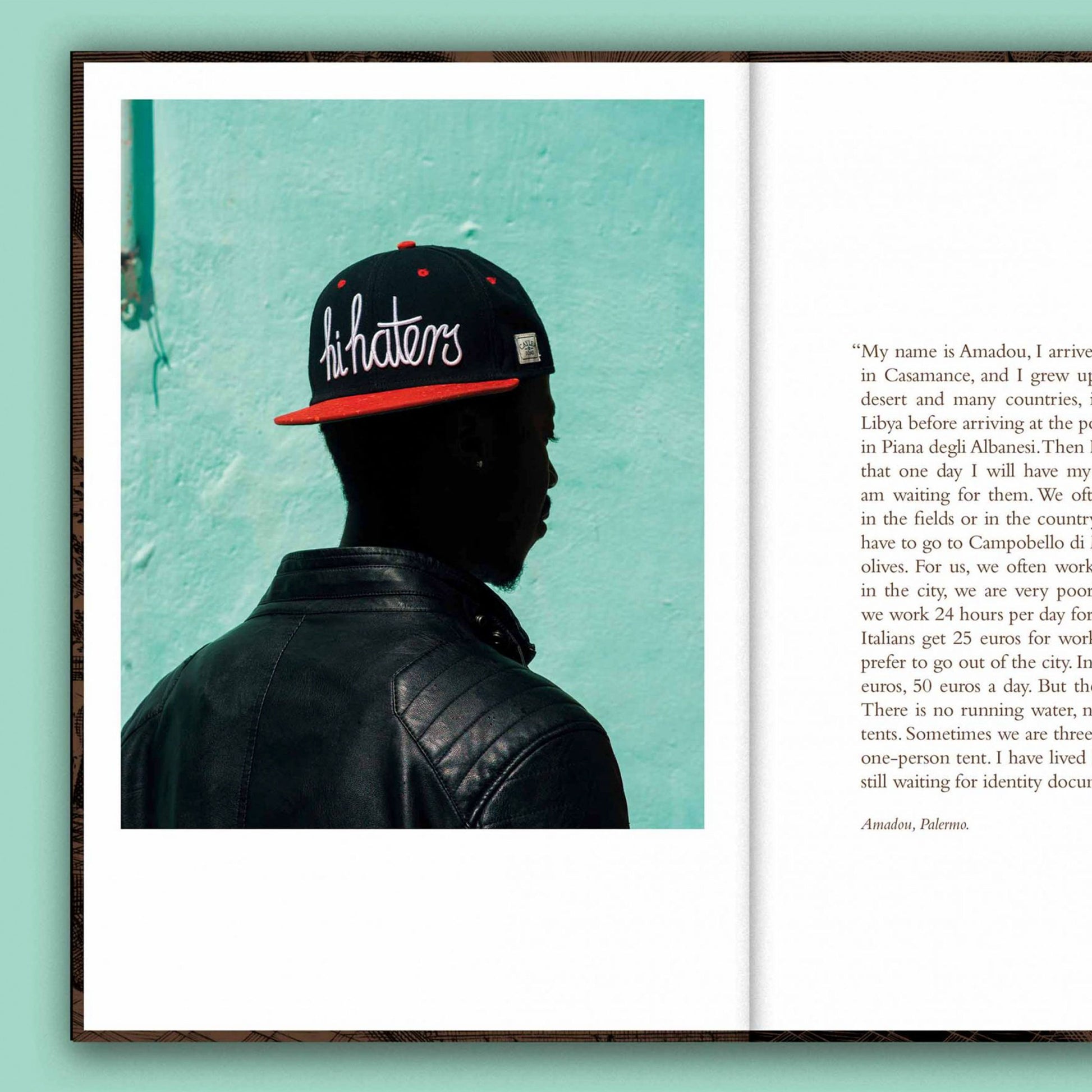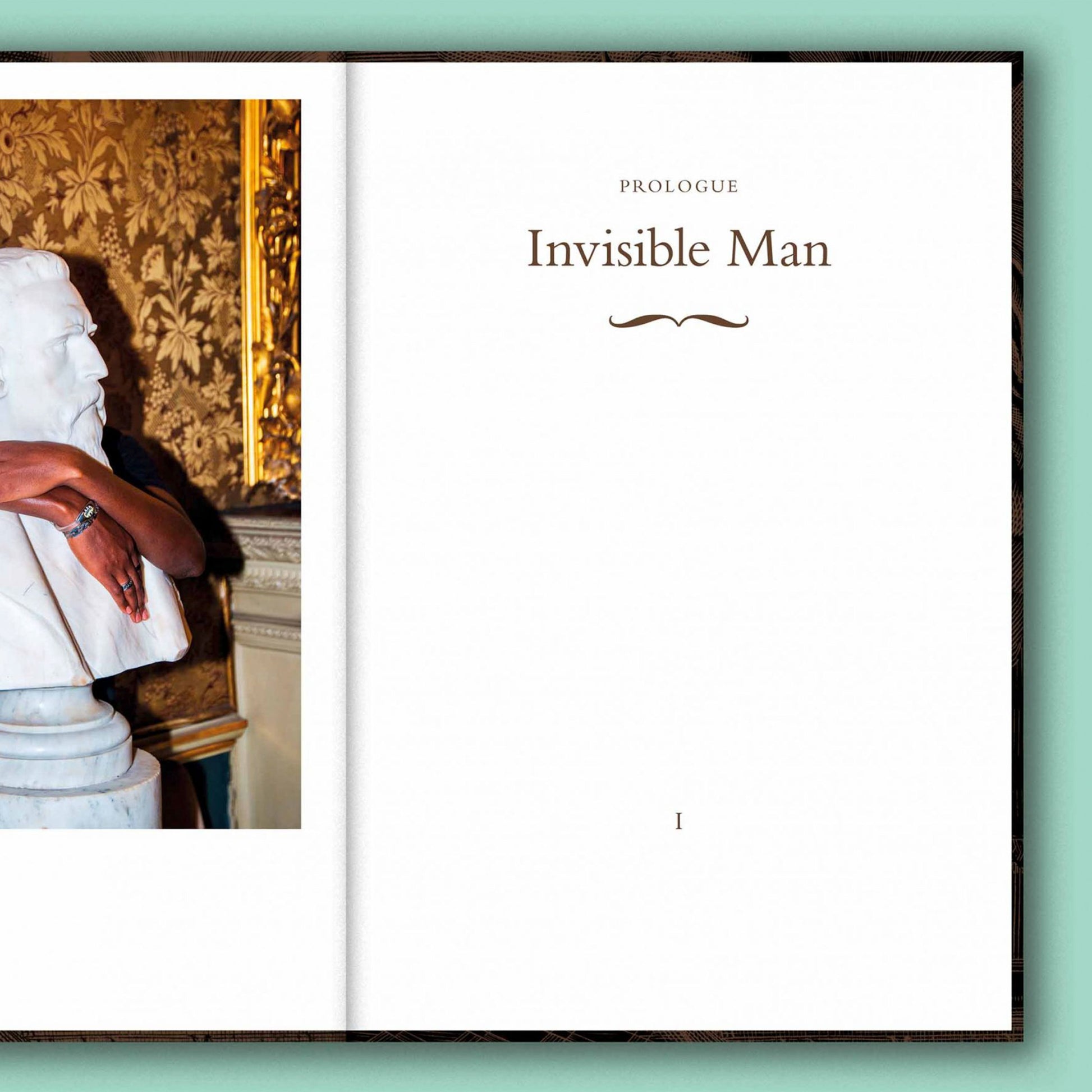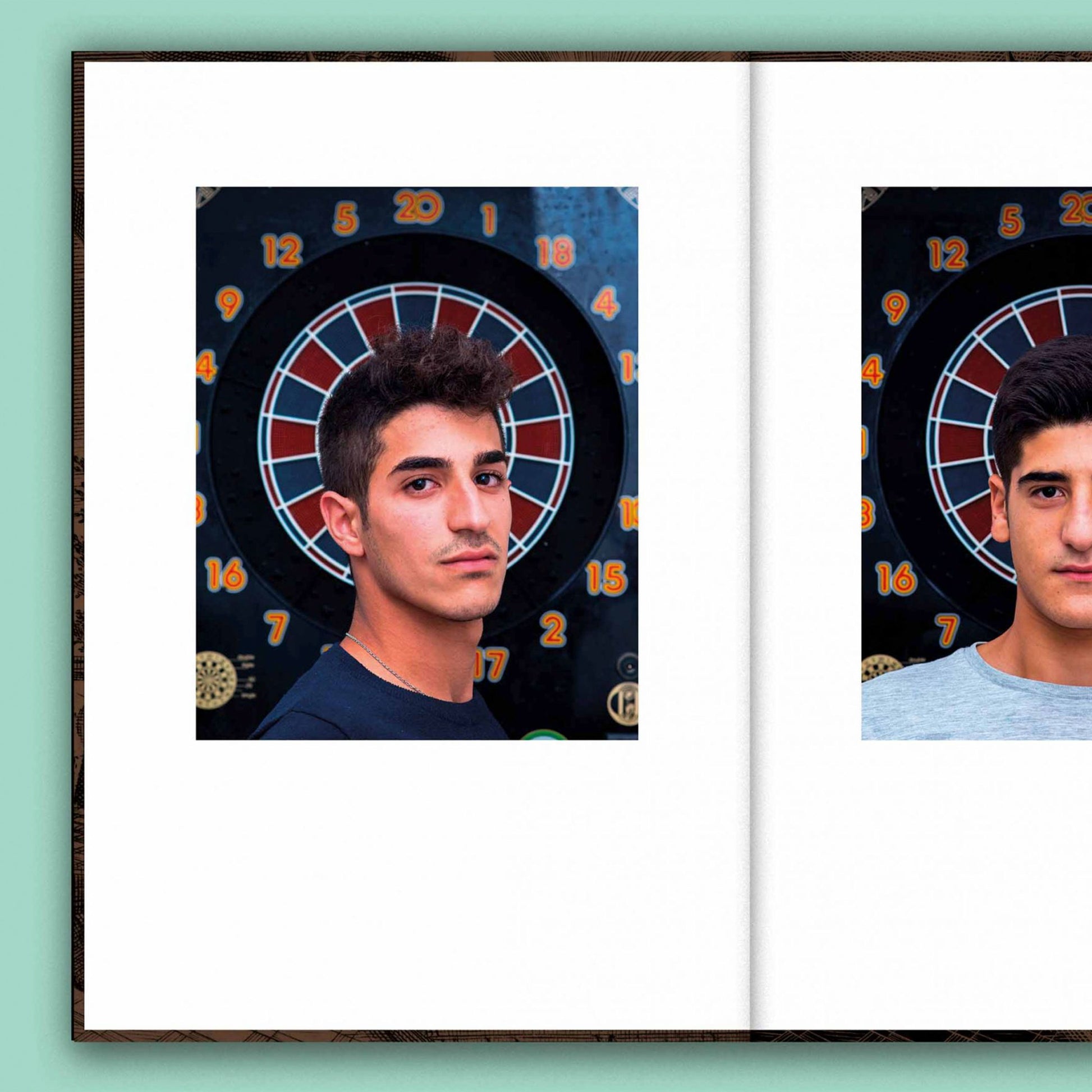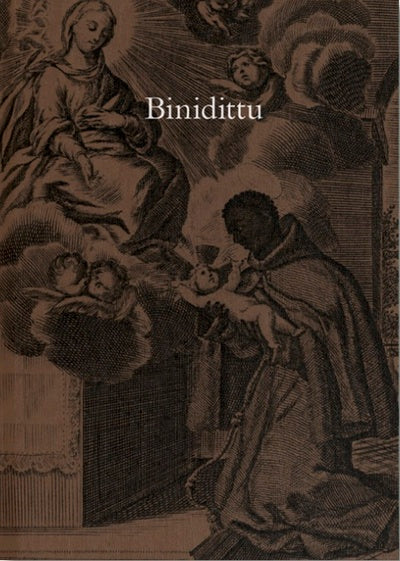Binidittu
- Authors: By (author) Nicola Lo Calzo
- Publishers: ARTIERE
- Language: EN/IT
- Design: Ramon Pez
- Date of Publication: 2021-01-01
- Pages: 160
- Dimensions: 240mm x 165mm
“For several years, I have been working on a photographic project called
Cham in which I document the multiple lineages and the different
manifestations of memories of colonial slavery. This quest led me
from the West African coast to the outskirts of Port-au-Prince, passing through the
hills of Guadeloupe, the forgotten neighborhoods of New Orleans, the banks of
the Maroni River and the suburbs of Santiago de Cuba. For the next stage of
Cham, I will continue my work on the shores of the Mediterranean, particularly in
Sicily, with the Binidittu project. The Mediterranean has never been a border.
The Mare Nostrum has always belonged to those who cross it, live there and
control. Today's migrants travel its waters in search of a
new life. Like most residents, they are probably unaware that these
exceptional but deadly waters were the homeland of another migrant,
symbol of freedom and emancipation. His name was Benedict or Binidittu, like
The Sicilians affectionately renamed him. Son of African slaves, born in
San Fratello in the province of Messina, he lived and died in Sicily as
hermit brother (1526-1589). Canonized in 1807 under the name of Saint Benedict the Moor,
He was the first black saint of the Catholic Church. Despite being a
"migrant", a "refugee" or an "African", the Sicilians of the time realized
humanity of Benedict XVI and made him the patron saint of Palermo. This project
photographic aims to contribute to the rediscovery of Binidittu, retracing the
improbable life of Saint Benedict the Moor, and exploring the historical sites of
his hagiography, the motivations of his followers, the cult of relics, and the
religious and secular practices dedicated to him in Sicily and elsewhere in
Mediterranean. Binidittu emerges as an allegory of our time: an encounter
between the Mare Nostrum and the world, between oblivion and memory, between racism
trivialized and our shared humanity, between the aspirations of the Sicilian people and
African migrants' hopes for freedom and dignity adrift towards the
shores of Europe”.
Share
